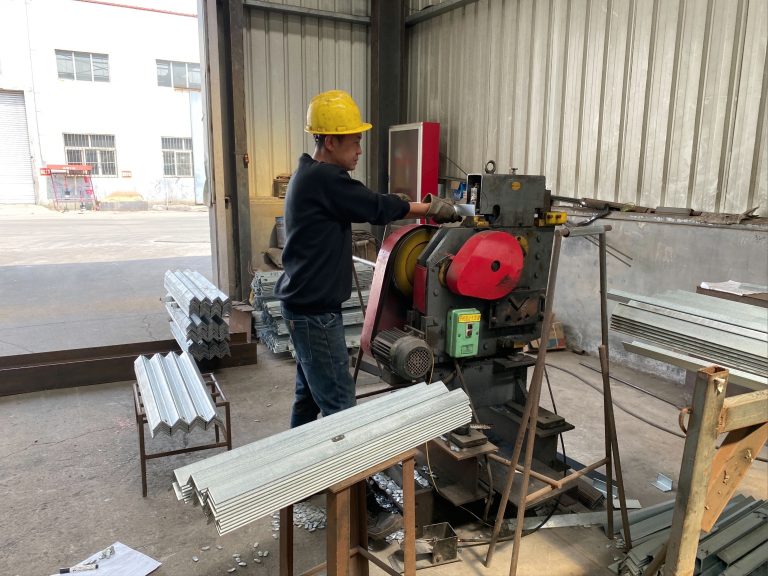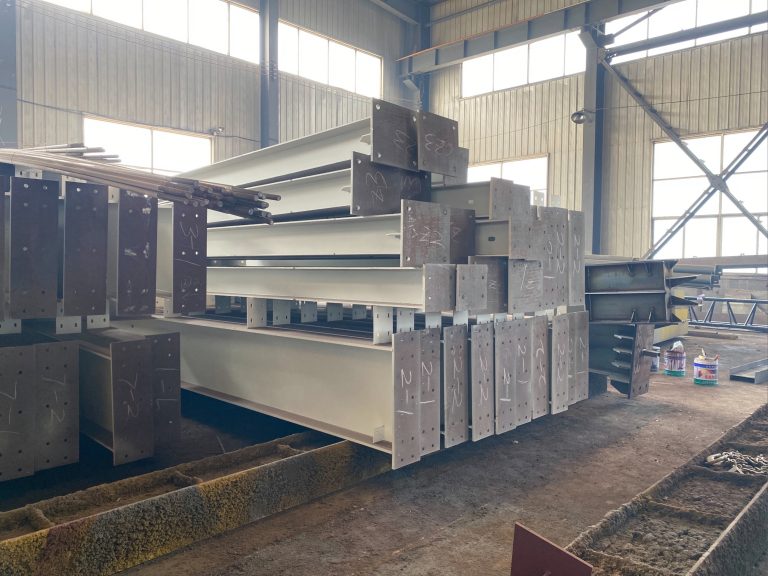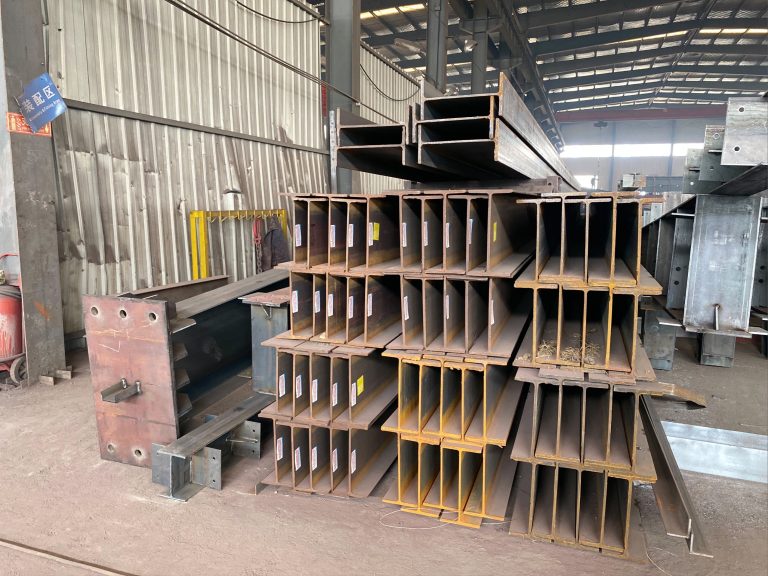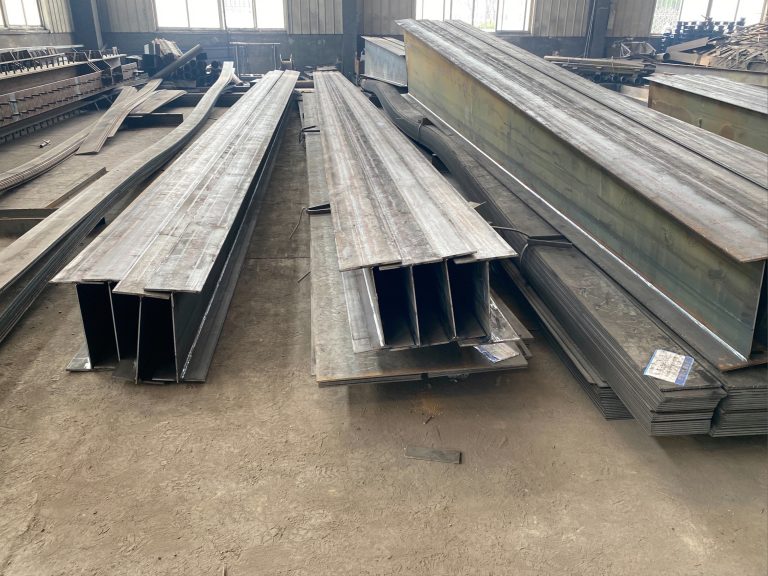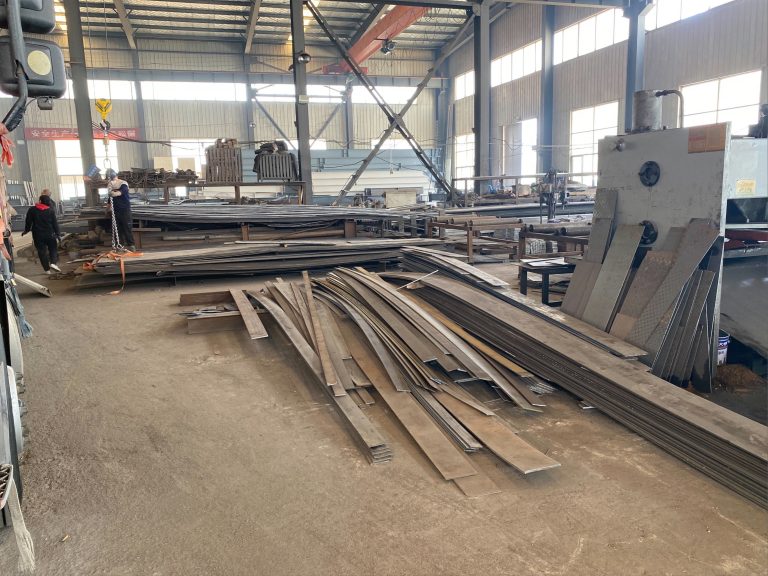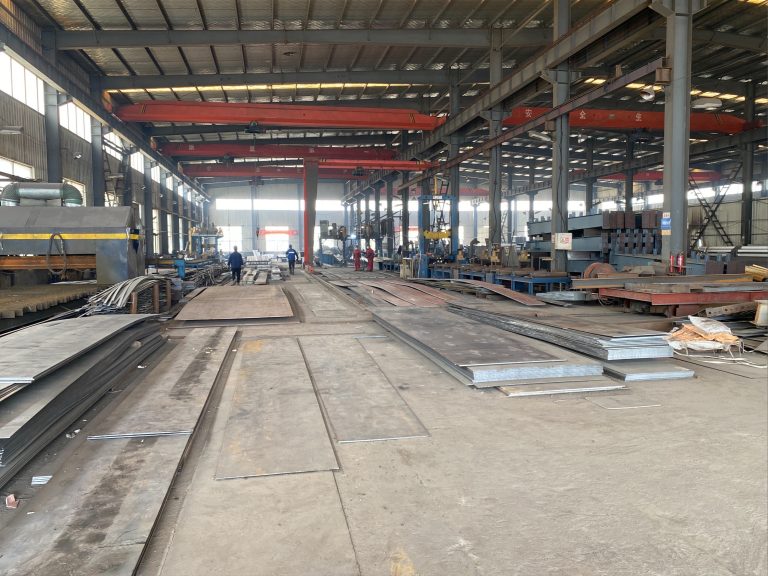Steel religious buildings: Sacred Spaces of faith.
Inhoudsopgave
Architectural Significance of Steel Religious Buildings
Steel religious buildings have become increasingly popular in recent years due to their durability, versatility, and cost-effectiveness. These structures not only serve as places of worship but also stand as architectural marvels that showcase the beauty and strength of steel as a building material.
One of the key advantages of using steel in religious buildings is its strength and durability. Steel is known for its ability to withstand extreme weather conditions, seismic activity, and other environmental factors that can pose a threat to traditional building materials. This makes steel religious buildings a reliable and long-lasting option for communities looking to establish a permanent place of worship.
In addition to its durability, steel also offers architects and designers a high level of flexibility in terms of design and construction. Steel can be easily shaped and molded into various forms, allowing for the creation of unique and innovative religious buildings that reflect the beliefs and values of the community. From soaring spires to intricate facades, steel religious buildings can be customized to suit the specific needs and preferences of the congregation.
Furthermore, steel is a cost-effective building material that can help reduce construction time and expenses. The prefabricated nature of steel components allows for quick and efficient assembly on-site, saving both time and money during the construction process. This makes steel religious buildings an attractive option for communities with limited resources or tight budgets.
Despite its modern and industrial connotations, steel can also be used to create religious buildings that exude a sense of spirituality and reverence. The sleek and minimalist aesthetic of steel can be complemented by traditional architectural elements such as stained glass windows, ornate carvings, and intricate mosaics, creating a harmonious blend of old and new.
Steel religious buildings also offer a sustainable and environmentally friendly alternative to traditional building materials. Steel is 100% recyclable and can be reused indefinitely without losing its strength or quality. This makes steel religious buildings a sustainable choice for communities looking to reduce their carbon footprint and minimize their impact on the environment.
In conclusion, steel religious buildings are more than just places of worship – they are sacred spaces that embody the strength, beauty, and resilience of steel as a building material. From their durability and flexibility to their cost-effectiveness and sustainability, steel religious buildings offer a host of benefits that make them an attractive option for communities around the world. Whether soaring high into the sky or nestled in a quiet corner of a bustling city, steel religious buildings stand as testaments to faith, innovation, and the enduring power of architecture.
Modern Design Trends in Steel Religious Buildings
Steel religious buildings have become increasingly popular in modern architecture, offering a unique blend of strength, durability, and aesthetic appeal. These sacred spaces of faith are not only functional but also serve as symbols of spiritual significance and community unity. The use of steel in religious buildings has opened up new possibilities for architects and designers to create innovative and inspiring structures that reflect the values and beliefs of the faith community they serve.
One of the key advantages of using steel in religious buildings is its strength and durability. Steel is a versatile material that can withstand extreme weather conditions, seismic activity, and other environmental challenges. This makes it an ideal choice for constructing buildings that are meant to stand the test of time and provide a safe and secure space for worshipers. Additionally, steel is a sustainable material that can be recycled and reused, making it an environmentally friendly option for building construction.
In addition to its practical benefits, steel also offers a wide range of design possibilities for religious buildings. The use of steel allows architects to create unique and innovative structures that push the boundaries of traditional religious architecture. From soaring steel spires to intricate steel lattice work, steel religious buildings can be both visually striking and spiritually uplifting. The flexibility of steel also allows for the creation of open and airy spaces that promote a sense of peace and tranquility, perfect for contemplation and prayer.
Furthermore, steel religious buildings can be designed to reflect the values and beliefs of the faith community they serve. Whether it’s a modern steel church with clean lines and minimalist design or a steel mosque with intricate geometric patterns and decorative elements, steel buildings can be customized to embody the spiritual and cultural identity of the congregation. The use of steel can also symbolize strength, resilience, and unity, reflecting the core values of many faith traditions.
Transitional phrases such as “furthermore” and “in addition” can help guide the reader through the article and connect ideas seamlessly. For example, the transition from discussing the practical benefits of steel to its design possibilities can be made smoother by using phrases like “in addition to its practical benefits” or “furthermore, steel also offers a wide range of design possibilities.”
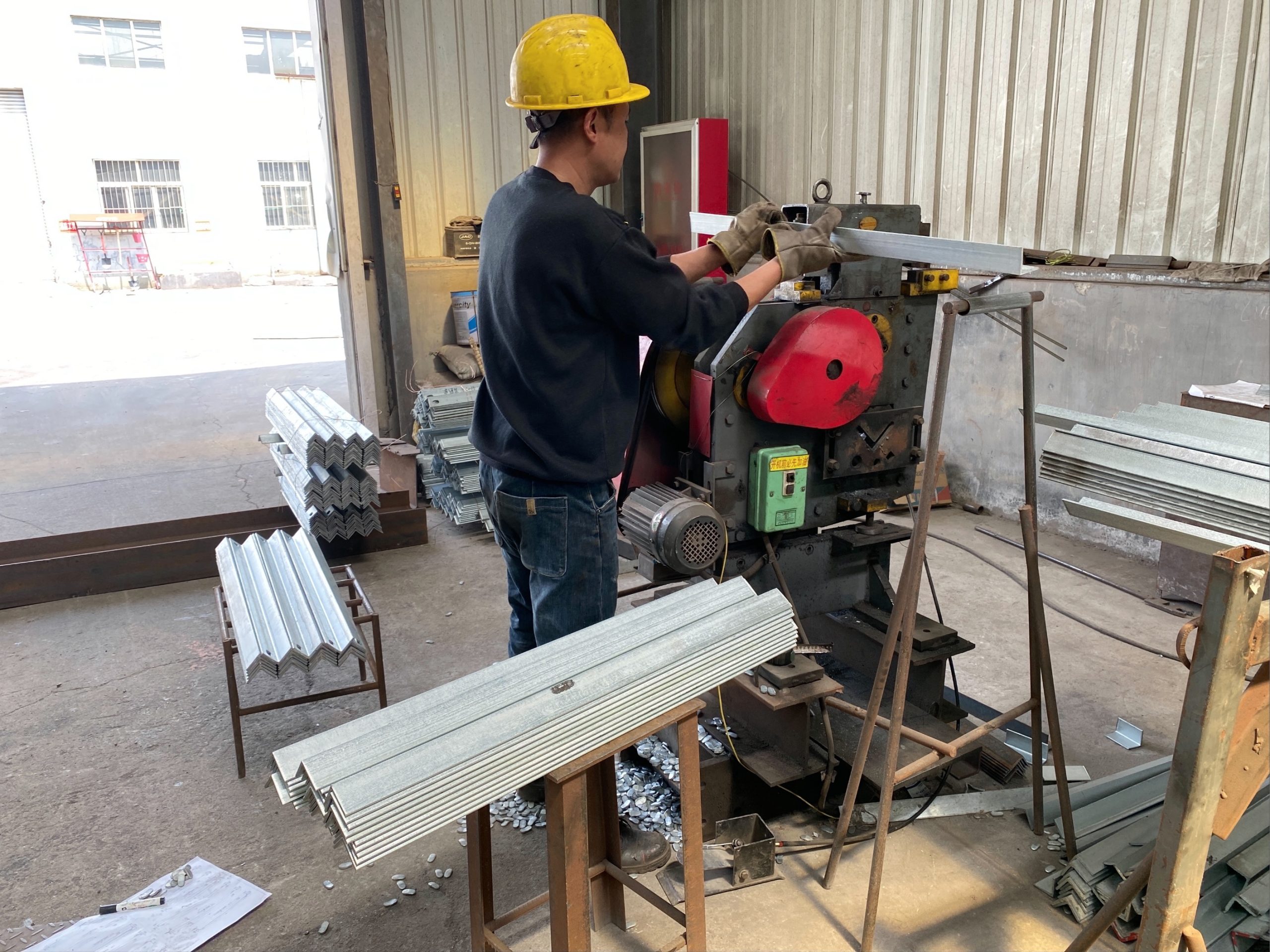
Overall, steel religious buildings represent a modern and innovative approach to sacred architecture. By combining strength, durability, and aesthetic appeal, these buildings serve as symbols of faith and community unity. The use of steel in religious buildings opens up new possibilities for architects and designers to create inspiring and spiritually uplifting structures that reflect the values and beliefs of the faith community they serve. Whether it’s a modern steel church, a steel mosque, or a steel synagogue, these sacred spaces of faith are a testament to the enduring power of architecture to inspire and uplift the human spirit.

